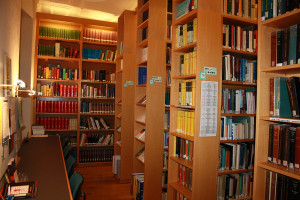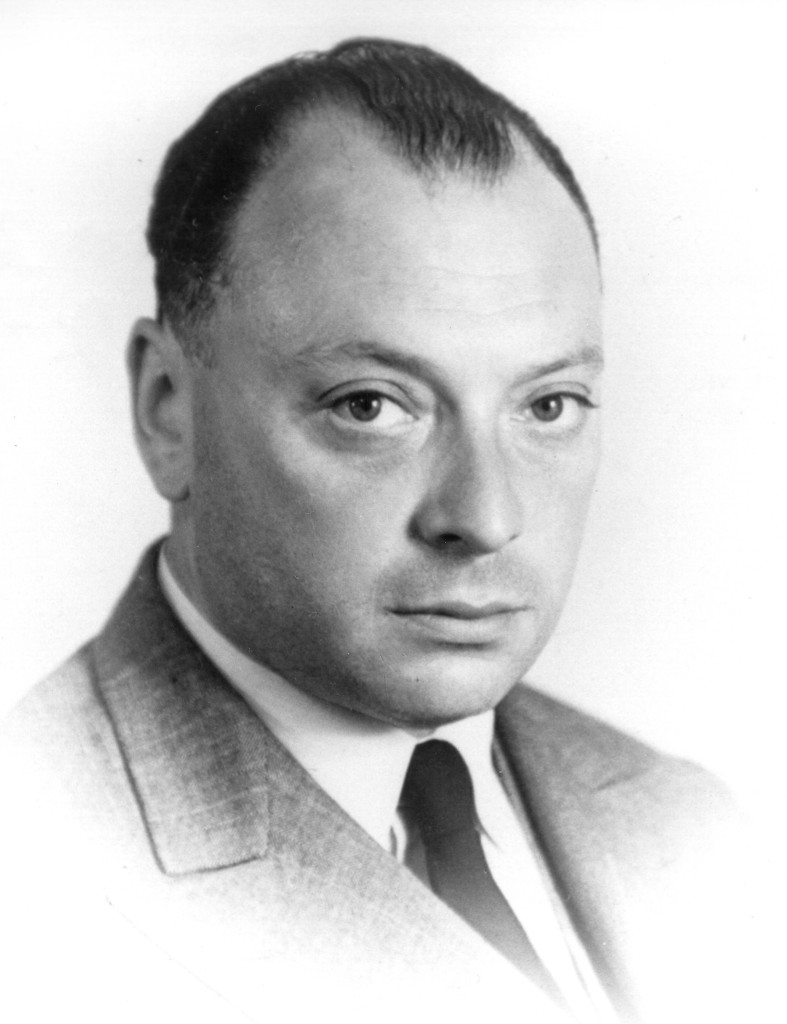Excerpt from the Author’s Note
The third in the series, Keep This Quiet! Initiations continues my memoir. As well as being a memoir, this book is indebted to Swiss psychiatrist Carl Jung (born in 1875) and Nobel Prize-winning physicist Wolfgang Pauli (born in 1900 in Vienna), who dreamed together of uniting physics with psychology. I attended the C. G. Jung Institute in Küsnacht, Switzerland, a suburb of Zurich, 1984‒87.

It was in Zurich I had my first initiation. The initiation built on the sudden (to me) death of Milton Klonsky (November 29, 1981), which baffled me, made me question whether death really existed in a nonphysical sense—a question I wanted to answer for myself by experience. Did the mind that told me “I was a crazy kid. You know what I was crazed by? Immortality” just vanish into dust? He went on: “I’ve died. But I’ve died into me; he’s still around. I can talk to that kid anytime I want to.” Was Milton’s astonishing mind (that library of knowledge, beacon of sparkling insight) obliterated? . . .
When I started writing, I had no idea how strong the Jung‒Pauli quest aspect would become. The opening section grew longer than I expected. It kept bursting the bounds I set for it, establishing a quest.
One needs an initiation like in Zurich only once—to come in and shatter the old, firm basis, every assumption I took for granted. I think a lot of people can relate to the pattern of breaking through a block to the future, annihilating obstacles to it. The way this comes about will create an individual story, a personal myth, or contribute to, as Jung put it, “dreaming the myth onward.”
Even when we have spiritual experiences today (outside established religion), we are often given in the States at least Western explanations. Whereas in the East it’s more matter of fact, because there is an ancient societal culture that regularly guided people in a structured way through some of these experiences.
In fact, if there was a great drought, people might gather in a tent and pray and chant for rain, and on a sudden moment the guru would say “now let’s all go out,” and rain would start. Or they might call on the rainmaker. Society expected this kind of participation—which we in the recent West didn’t. (Except in some Native American situations.)
The following true story was told often by Jung, who got it from Richard Wilhelm, a sinologist who translated the I Ching and brought it to Jung’s attention. Wilhelm witnessed the story below unfold:
A rainmaker, Kiau Tschou, was summoned to a Chinese village after a long drought. The situation was dire; local rituals had been to no avail. Upon arriving from another province, the withered old man asked for a hut to be constructed and enough food and water for five days brought, then settled into solitude. There was not even a dark cloud for three days. The fourth day saw dark clouds, then rain and rain and rain. The villagers asked how he made the rain and he answered that he didn’t: “When I first arrived in your village, it felt discordant, disharmonious, unbalanced, disturbed. And I felt out of sorts with myself.” He had then retreated into the hut to reestablish his inner harmony. And the rain came.
About this story a Buddhist article, “Turning a Tap in Adelaide, a Downpour in London,” adds:
The rainmaker replied, “No, you don’t understand. You see, where I come from everything happens as it is supposed to. It rains when it’s supposed to rain and stops when it is supposed to stop. It is the same with the people too. We all do as we are supposed to as well. But when I alighted from the carriage in your province I recognised at once that you are all out of harmony and so it was no wonder that it did not rain when it is supposed to. Being here myself I became infected by your disharmony and I became out of sorts. I knew that if anything could be done then I would have to put ‘my own house in order’ first. And that is all I have been doing for the past three days!”
I want to leave the impression that my experiences are not particularly unusual.
They are, however, “irrational,” counter to the left brain. But the left brain and even the ego are just a piece of our physical self, a piece of the “known quantity” of us, which we all know is only a glimpse, like our limited glimpse into the universe.
An underlying wish in this book is to make “becoming yourself”—your most individuated—seem “safe,” if you will, while adventurous and unsafe. But the kind of unsafe that’s fun. And fulfilling.
SOURCES:
The rainmaker story is told by Jung in various forms. The above account is based on the one by psychologist Stephen Diamond, “Redefining Reality (Part Two), Psychotherapy, Synchronicity, and the Rainmaker,” Evil Deeds/Psychology Today, January 8, 2010. http://www.psychologytoday.com/blog/evil-deeds/201001/redefining-reality-part-two-psychotherapy-synchronicity-and-the-rainmaker.
Ven Sochu, “Turning a Tap in Adelaide, a Downpour in London.”
